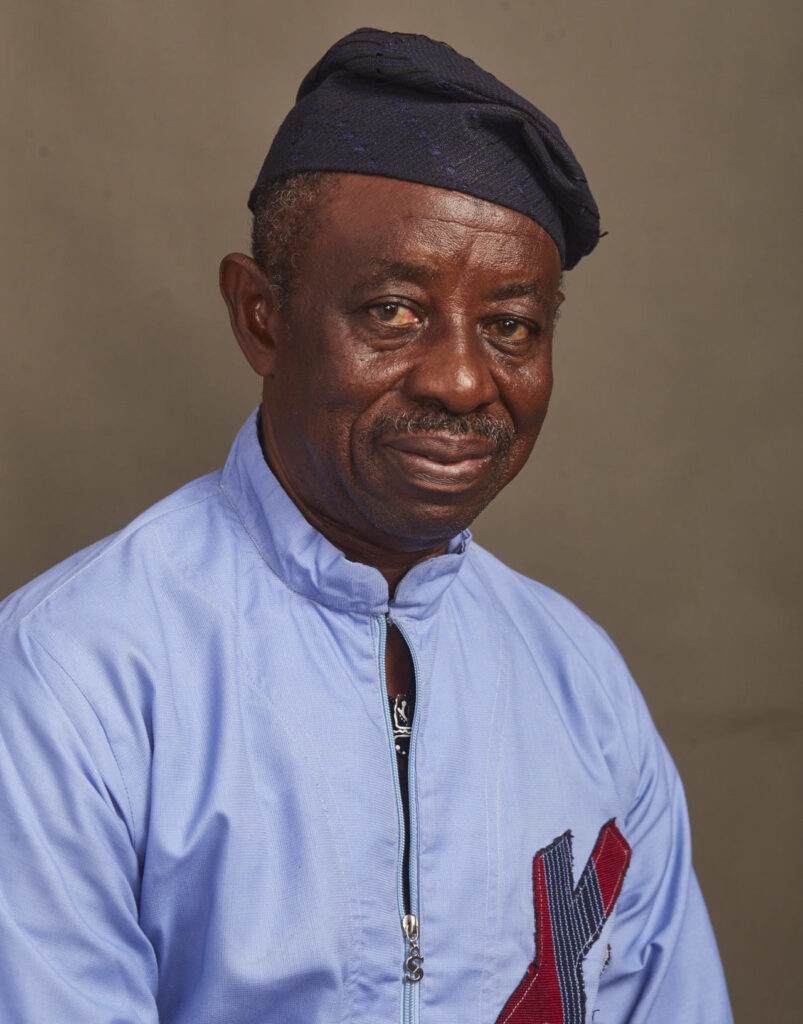Yahoo+ (2021): The Beauty and Power of Mis-en-scene.
At different points in time throughout cinema’s history, producers, critics and enthusiasts have disagreed over a number of film theories and practices. The film vs. digital debate quickly comes to mind. Each side claims the superiority of one form over the other. Quentin Tarantino and Christopher Nolan continue to argue on the side of celluloid film, seeking to preserve the medium so that, in Nolan’s words, “future generations…should be able to use it.” Many of their counterparts opt for digital instead, championing the advantages it has over film such as the lighter weight of digital cameras, less turnaround time, and the way these have helped democratize the filmmaking process. With the prevalence of streaming services in the past decade, and the pandemic sentencing people to the confines of their homes for months on end, the streaming vs. theatrical release debate has also gotten pretty heated. Back in October, 2021, CivicScience published a report which showed that a large majority of Americans preferred watching a movie at home over going to the cinema, even when both options were available simultaneously. However, in this essay, we’ll be looking at a different film debate, one that has spanned decades: mis-en-scene vs. montage, and how the feature directorial debut from indie filmmaker, Ebuka Njoku, makes a compelling case for the former. Mis-en-scene is a French expression which was originally used in theatre to mean “setting the stage”. In relation to cinema, it refers to the arrangement of the actors and other elements (props, lighting, overall production design) in a frame. When Scorsese said, “cinema is a matter of what’s in the frame and what’s out,” he was referring to mis-en-scene. Montage, also a French word, translates to “assembly,” or “editing.” Soviet Montage Theory, developed in the 1920’s, focused less on making shots invisible and more on creating meaning from the juxtaposition of independent shots. The truth is that most movies exist on a spectrum as directors employ both mis-en-scene and montage to tell their stories; however, they tend to favor one approach over the other. Consider the Mexican coming-of-age film, Y Tu Mama Tambien (2001), directed by Alfonso Cuaron and lensed by Emmanuel Lubezki. That film employs a realist style, favoring real locations, seamless editing, and long shots, choosing to create meaning from the interaction of elements in the frame, rather than, as seen in Sergei Eisenstein’s 1925 film, Battleship Potemkin, the collision of different shots. Cuaron can be said to have applied, primarily, a mis-en-scene approach to his filmmaking while Eisenstein, father of formalism, used montage. It should be noted too that Soviet Montage Theory gave rise to formalism, an approach to creating and theorizing about film which focused on its technical aspects and how those elements are used to manipulate the audience. Apart from being adopted by Hollywood, the formalist, montage-oriented style of the Soviet film theorists was criticized because of its focus on manipulating the audience by presenting them with a single point-of-view, a form of visual persuasion turning films to mere tools for social change as opposed to a medium for exploring the beauty and disaster of the human condition. The intellectual montage in films such as Strike (1925) and Battleship Potemkin, would go to be applied in propaganda films of the era such as Leni Riefenstahl’s Triumph of the Will. Today, montage-oriented filmmaking is still applied everywhere from Hollywood mainstream productions to music videos and commercials. There’s nothing wrong with this of course. Montage can be an extremely effective tool to immerse a viewer in a film. Also, in the decades since, audiences have attained more visual literacy compared to the masses from the early 20th century. Still, it is a breath of fresh air whenever a filmmaker favors long shots, long takes, and composition over the juxtaposition of individual shots; when scenes are allowed to play out with masterful blocking of the actors and staging of the camera, revealing the psychological states of the characters and their relationships to one another; where every frame of the film looks like a painting you immediately want to put on display. In Yahoo+ (2021), Ebuka Njoku uses the above techniques to roaring success. Yahoo plus differs from yahoo in that while the latter refers to internet fraud, cybercrime, deception scam emails and the like, the former involves ritual sacrifices, and the use of human parts to obtain wealth from metaphysical sources. This is itself a scam. Zainab Suleiman Okino, in her article on Yahoo Plus, published in the Premium Times, asks, “Why would anyone think that a burnt human head would turn into money?” Because of course, the organs being “sacrificed” to metaphysical powers are really being harvested and sold across the globe. It’s organ trafficking, dressed up in new clothes. Yahoo+ (2021) addresses this issue head-on. It takes a sledgehammer to the notion that wealth can be gotten through these sinister, supernatural means but does it in the most humane way possible, presenting its main characters not as complete villains or saints but as misguided young people, attempting to escape the throes of mediocrity by following in the footsteps of the wealthy and influential people they look up to. However, the movie frames their greed as not only corrupt but gangrenous, a one-way ticket to disaster and self-destruction. The film begins at the end. A character lumbers through a house, wounded, bleeding on the floor. He is on the phone with someone, telling her to listen carefully to “…everything I am about to tell you now.” The director, like a village elder telling the children to pull their ears, and listen, with rapt attention, to tales by moonlight, starts the movie here, among other reasons, to inform the audience of the gravity of the situation and his stance on the whole thing. Unlike other movies which prefer to not comment on the morality of their characters, Yahoo+ is a cautionary tale, taking a firm stance on a rampant social tragedy. The first chapter, “As E Dey Hot,” opens on


